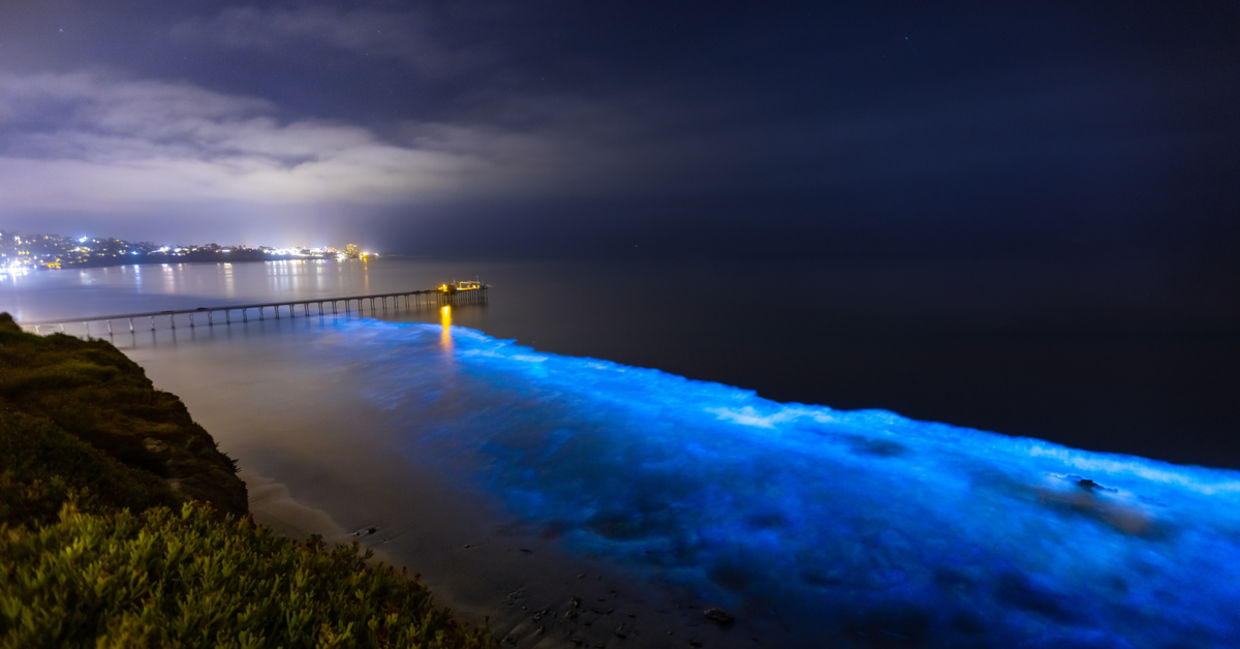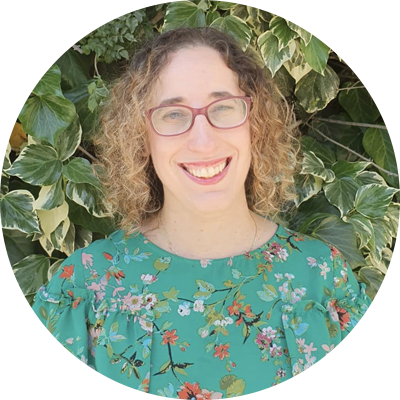Historic Town is Illuminated by Nature
Bioluminescence is living light!

(WeichengHan / Shutterstock.com)
Rambouillet is a small historic French town just southwest of Paris. It is known for its chalets, beautiful forest, and historic political importance. But recently, Rambouillet has become known for something that is usually attributed to Paris; its light.
The town of Rambouillet has teamed up with a French biotech start up called Glowee to turn the city into a full-scale bioluminescence laboratory, According to the BBC. As part of the experiment, instead of streetlights and electric lights some of the town’s public spaces and boulevards are lit in the cool blue natural light of bioluminescence.
“Our goal is to change the way in which cities use light,” Sandra Rey, the founder of Glowee, told BBC. “We want to create an ambiance that better respects citizens, the environment and biodiversity – and to impose this new philosophy of light as a real alternative.”
Harnessing nature’s light
Bioluminescence is a natural phenomenon wherein a chemical reaction within an organism's body produces light. It can be found in many places in nature – fireflies, some mushrooms – but mostly in the deep sea.
Many bioluminescent sea organisms give off a blueish-green light, which, due to its shorter wavelength, moves easily through the ocean making it easy to see from a distance. It is this type of light that the researchers at Glowee, according to the YouTube from the company, are trying to harness to provide light for humanity on land.
How does it work?
In a review, John W. Lee, from the University of Georgia, surveys the history of bioluminescence. According to Lee, people have known about bioluminescence and its uses since ancient times. Aristotle mentions it in his writings, and miners used to use fireflies in jars to light their way in coal mines where lighting any type of flame could cause a deadly explosion. Glowee, however, is trying to take things a step further.
The startup uses marine bacteria harvested from the coast of France, reported Interesting Engineering. These bioluminescent bacteria are then stored in a seawater filled tube, giving the bacteria room to float around and light up.
The illumination provided by the bacteria is part of their natural metabolism, so producing the light requires no energy other than that which is needed to feed the organisms. This makes it much more environmentally friendly and sustainable than electric light, which consumes a huge amount of non-renewable energy.
Challenges to overcome
There are, however, a few roadblocks on the way to lighting up the world with bioluminescence, Carl Johnson, a professor of biological sciences at Vanderbilt University in Nashville, Tennessee told BBC.
“First, you have to feed the bacteria and dilute them as they grow," said Johnson “That's not so easy.
“Also, the phenomenon will be very temperature-dependent and I doubt that it will work in the winter. Third, bioluminescence is very dim compared to electrical lighting. But perhaps they have improved the luminescence intensity.”
One potential solution to these issues – and one that Glowee is looking into – is to remove the biological aspect of the whole process. Theoretically, luciferase, the enzyme that creates bioluminescence can be extracted from the bacteria and used to create light as opposed to the bacteria itself. Because luciferase is non-living, it doesn’t need to be fed, and so solves at least one of the issues presented by Johnson.
Creating new means of sustainable lighting is a way of being environmentally friendly without plunging the earth back into darkness. Rey and the scientists at Glowee are just one little piece of many good willed people trying to find new ways to light up the world, one town at a time.
YOU MIGHT ALSO LIKE:
A Glowing Future for Street Lighting!
Glowing Plants Could Be the New Light Bulb
Squid Skin Inspired Thermal Cup Cozy Could Keep Coffee Hotter







